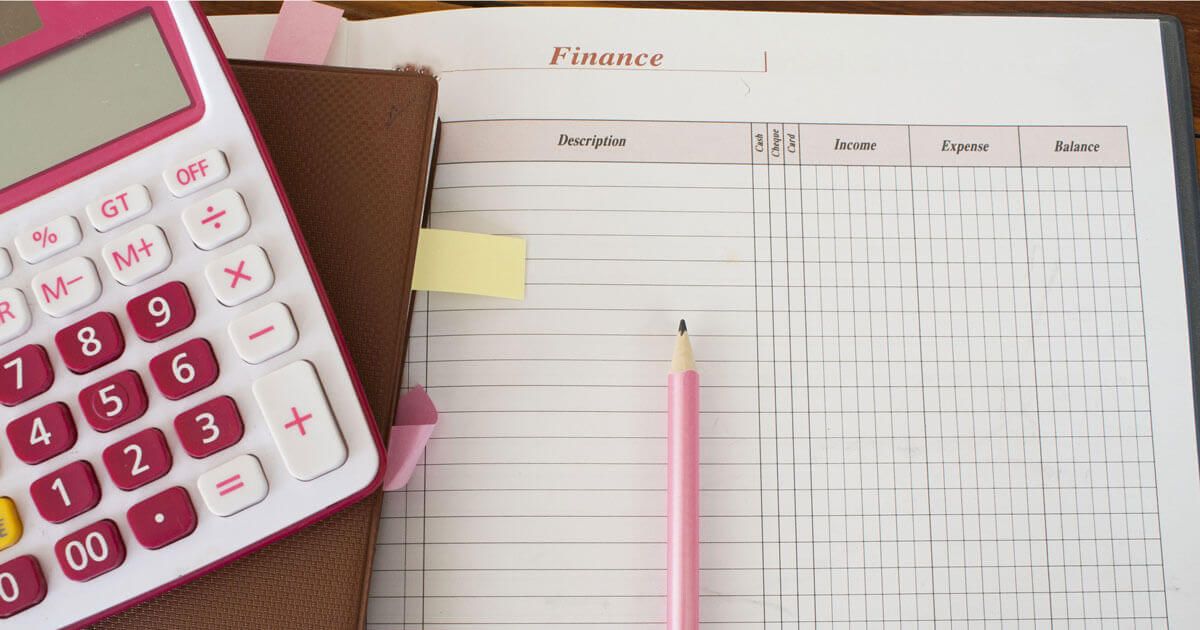Accounting standards – Definition and overview
Accurate accounting requires that you register transactions in a manner that is clear for a third party to understand. Every transaction must be correctly booked from one account to another in the usual double accounting style. The generally accepted accounting principles espouses clarity and comprehension. Other parties (e.g. accountants or Internal Revenue Service (IRS) investigators) must be able to clearly understand your records.
For this, a comprehensive breakdown of the accounts used is indispensable. Industry experts have developed accounting standard frameworks as a recommendation, so that not every company has to create their own, although it remains the prerogative of the company accounting department to decide whether to follow these frameworks or create their own. Depending on what industry you work in, you can choose a suitable system of order. This way, everyone can find their way around your accounts, and you always have the right accounts to use for your business transactions.
What is an accounting standard?
A set of accounts is the most complete, orderly list of accounts that are eligible for use in company accounting. Under the principles of US GAAP, it is up to individual company accountants to create these accounting standard frameworks according to how they see fit. However, there are often certain patterns and templates that accountants follow for the sake of clarity and compatibility when comparing accounts between companies. Since different sectors of the economy also have different requirements and business transactions, it would not make sense for each company to use the same accounting standard. Therefore, following an account framework, can allow for comparisons with companies in the same sector.
Accounting standards are organizational plans for relevant accounts. Frameworks are based on Generally Accepted Accounting Principles, or US GAAP. Although accountants have leeway when creating accounting frameworks for their company, there are generally accepted patterns that are used within industries for the sake of uniformity and compatibility.
While the accounting standards and their use are not regulated, there are certain rules that the accounting frameworks are based on, and they are partly based on balance sheet and profit and loss accounts for corporations. This gives a certain degree of solidity to the structure of the accounting standards. In the US, industry associations and guilds often publish recommended charts of accounts for their industries to create a consistent standard to compare businesses.
On the one hand, a business will use accounting standards to create a chart of accounts that builds trust for third parties. On the other hand, this chart of accounts includes sub-accounts within an underlying accounting framework (for example, individual customer accounts in accounts receivable.)
International accounting frameworks
Since there are no internationally binding rules for account standards, and different countries follow different accounting rules (GAAP variations, IFRS), accounting standards can often differ somewhat.
Structuring a chart of accounts
In a chart of accounts, the accounts are organized into a tiered structure, usually expressed in a four-digit number. There are two different basic principles of order for the most common account standards. The structure of this process is distinguished from financial statements (or balance sheet breakdown):
- Process outline: The accounts are sorted in order of operational processes. For example, the receipt of goods is preceded by the yield.
- Closing structure principle: These accounting frameworks are based on the necessary breakdown for balance sheets and profit and loss accounts.Therefore, the items, assets, and liabilities in the annual financial statement followed by income and expenses are discerned from the profit and loss account.
In order to set up a chart of accounts using an accounting standard, a company accountant must first define the various business accounts and assign a different number to each account. Depending on the size of your company, three or four numbers may be sufficient, but it is worth remembering that if you anticipate new accounts, and further sub-accounts being created in the future, starting with a three or four-digit number will give you more room to expand and add extra accounts later on. Adding more detail to your account labeling at the start requires more effort but is sure to save time and work down the line. Be sure to number your accounts in a logical way – accounting firms document practical frameworks for this.
Company accountants must remember that there are certain legal requirements concerning accounts and tax reporting. The Internal Revenue Service (IRS) demands that travel, entertainment, and advertising (as well as several other) expenses should be recorded in separate accounts. It is worth consulting with a tax professional to ensure that your company adheres to federal or state accounting regulations.
Chart of accounts example
Here is a sample chart of accounts for a U.S company:
Asset Accounts
Current Assets
| Number | Designation | Content |
|---|---|---|
| 2000 | Petty Cash | Small amounts of cash available for discretionary purposes |
| 2010 | Cash on hand | Any cash present in the business, e.g. cash from a cash register or tip jar. |
| 2020 | Regular Checking Account | Figures from the business checking account |
| 2030 | Payroll checking account | Figures from the payroll checking account |
| 1040 | Savings accounts | Figures from the company savings account |
| 1050 | Accounts receivable | Figures and records from any debtors to the company |
| 1060 | Other receivables | Figures and records from any other non-monetary debtors to the company |
| 1070 | Raw materials inventory | Figures and records for any raw materials currently in storage or use at the company |
| 1080 | Supplies inventory | Figures and records for any necessary supplies the company is currently in possession of |
| 1090 | Finished products inventory | Figures and records for any products currently finished and in possession by the company |
Liability accounts
Current liabilities
| Number | Designation | Content |
|---|---|---|
| 3000 | Accounts payable | Figures and records from any creditors to the company |
| 3410 | Sales tax payable | Figures and records concerning any sales tax the company is required to pay |
| 3420 | Wages payable | Figures and records concerning wages due to be paid to company staff, contractors, etc. |
| 3430 | 401(k) deductions payable | Figures and records concerning staff 401(k) payslip deductions |
| 3435 | Health insurance payable | Figures and records concerning staff health insurance payslip deductions |
| 3440 | Federal payroll taxes payable | Figures and records for any payroll taxes the company is liable to file in federal tax returns |
| 3460 | State payroll taxes payable | Figures and records for any payroll taxes the company is liable to file in state tax returns |
| 3480 | Local payroll taxes payable | Figures and records for any payroll taxes the company is liable to file in local and county tax returns |
| 3490 | Income taxes payable | Figures and records for incomes taxes payable at federal, state or local level |
| 3500 | Other taxes payable | Figures and records concerning any additional taxes the company is liable for |
Click here for important legal disclaimers




